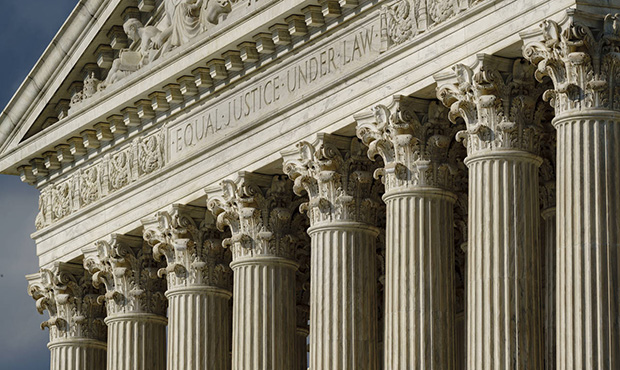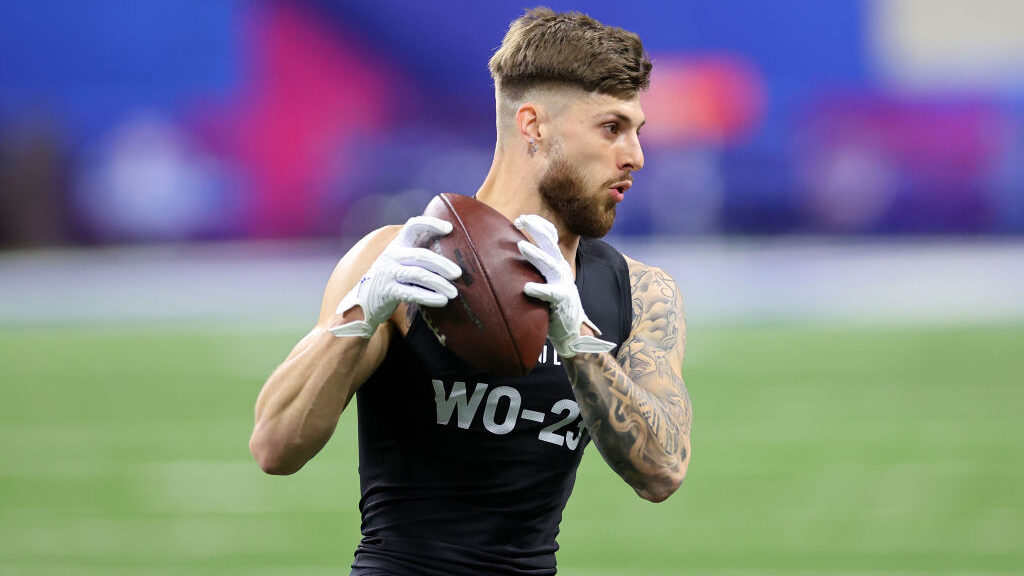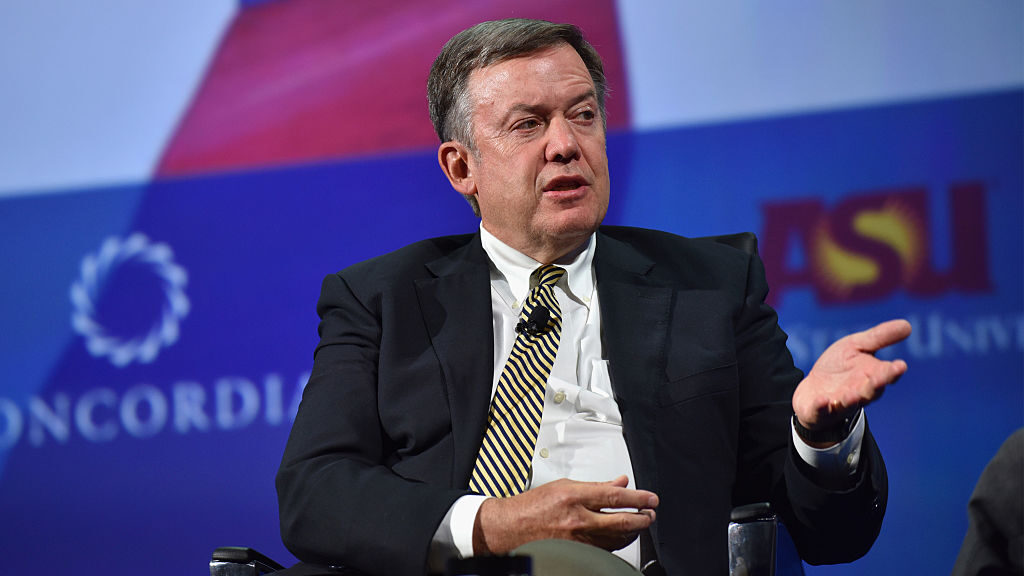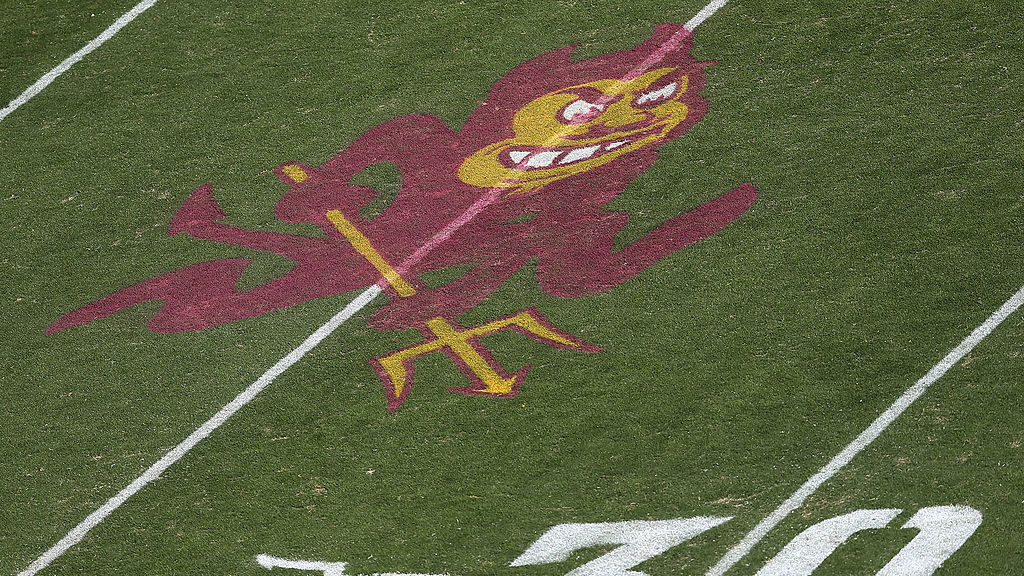Legally Speaking: One step closer to the destruction of college sports
Jun 23, 2021, 12:56 PM

The Supreme Court in Washington. (AP Photo/J. Scott Applewhite)
(AP Photo/J. Scott Applewhite)
One step closer to the destruction of college sports? At least, that is what the NCAA would like you to believe.
College athletes all over the United States are celebrating because the U.S. Supreme Court unanimously decided athletes are worth more than just room and board.
All nine justices agreed in NCAA vs. Alston that the NCAA cannot prohibit its member schools from providing athletes with certain forms of education-related benefits. That is the key phrase: “education-related benefits.” Examples of these could include paid post-graduate internships, graduate school scholarships, laptops and/or musical instruments.
This all started around seven years ago when a group of student athletes filed a class action against the NCAA claiming that, (in everyday vernacular) as a monopoly of collegiate sports, it should not be allowed to engage in “price fixing” when it comes to compensating its athletes. In legal terms, the student athletes claimed the NCAA has violated the Sherman Act which “prohibits contract[s], combination[s], or conspiracy[ies] in restraint of trade or commerce.”
Currently, the NCAA and its member schools have agreed to compensation limits for athletes and the NCAA enforces those limits. That is why you will sometimes hear about a school getting in trouble for recruiting violations or likewise when a booster gives an athlete a present, buys them dinner or the athlete magically has a new car in their driveway.
Overall compensation for athletes, or the concept of “pay for play,” is for another day. This case deals solely with education-related benefits and whether putting a cap on those violates the Sherman Act (anti-trust law).
The Supreme Court spent a significant amount of time in its decision explaining the district court’s ruling and the standard of review. That is too inside baseball (or football and basketball for this case) to get into here, so I will spare you. However, Justice Neil Gorsuch does explain the start of the NCAA and the history of Yale and Harvard football, which is fascinating for sports fans like myself.
Throughout this case, the NCAA consistently argued increasing the limits on compensation or benefits to student athletes will destroy the “amateurism” of the sports. It further argued it is the “amateurism” that keeps fans coming to the games which is, coincidentally, what brings the money in.
In other words, paying athletes makes the games more like professional games, which will cause fans to stop supporting the games, thus impacting the overall profit received. The Court explained “the president of the NCAA earns nearly $4 million per year … Commissioners of the top conferences take home between $2 to $5 million … and annual salaries for top Division I college football coaches approach $11 million.”
Because of these incredible numbers, skeptics have pointed out it is less about “amateurism” and more about keeping the money in the pockets of the NCAA and its schools. The Supreme Court didn’t say that explicitly, but it didn’t have to after explaining the salaries.
A factor that appeared to impact the court’s decision was the hypocrisy of the NCAA when it comes to the definition of amateurism. Over the years, the NCAA has changed its definition and even increased caps on what athletes could have whenever it benefited the NCAA to do so.
The NCAA argued any increase in education benefits could be seen as professional-level cash payments and could blur the line between professional and amateur sports. You could almost hear the justices laugh out loud when they agreed with the district court that “scholarships for graduate or vocational school, payments for academic tutoring or paid post eligibility internships … on no account … could such education-related benefits be confused with a professional athlete’s salary.”
The NCAA agreed it does hold a monopoly, that its actions stifle competition and do affect interstate trade and commerce, thus making it in violation of the Sherman Act, but it wants to be immune from the law. The court said, “no.”
Legally speaking, the court held putting a cap on education-related benefits for student athletes violating the Sherman Act. An increase in these benefits would not impact consumer demand nor lessen the amateurism of the sports. It did, however, give the NCAA flexibility in determining what education-related benefits are and the rules regarding them.
Here is the best line of the decision, in my opinion: “Under the current decree, the NCAA is free to forbid in-kind benefits unrelated to a student’s actual education; nothing stops it from enforcing a ’no Lamborghini’ rule.”
The court itself said it best when agreeing with the Ninth Circuit Court of Appeals:
Some will think the district court (and thus the Supreme Court) did not go far enough. Others will think the district court went too far.
The national debate about amateurism in college sports is important. But our task as appellate judges is not to resolve it. Nor could we. Our task is simply to review the district court judgment through the appropriate lens of anti-trust law.
Through the lens of anti-trust law, the Supreme Court held the NCAA cannot place a cap on education-related benefits, but it can create the definition of those benefits. This decision is another blow to the wall that was once thought of as “insurmountable” between college athletes and that elusive payday.
With this decision, and those leading up to it, I anticipate we will see the question of whether college athletes can be paid-for-play (in cash or endorsements) on the Supreme Court’s plate.







Comments